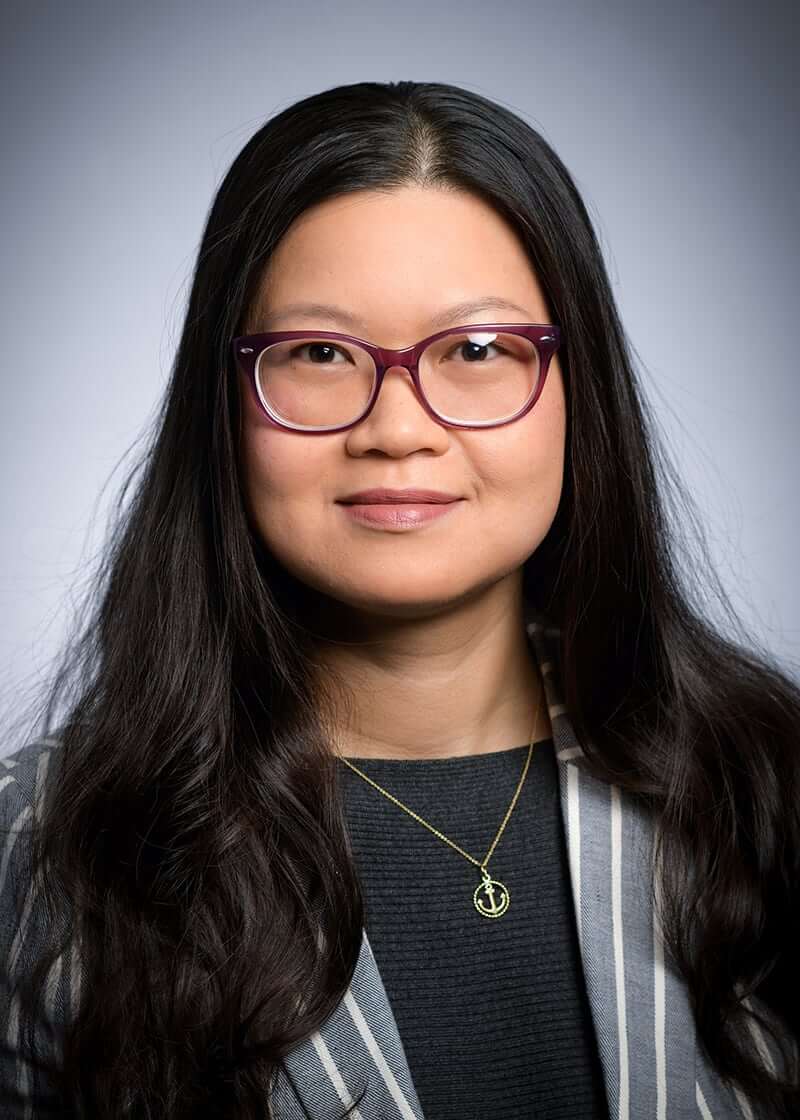Broad research focus?
Evidence-based medicine and advocating for the use of economic evidence in medical decision-making. To date, my research has focused on women's cancers and infectious diseases; however, I consider myself a disease modeler and am interested in applying modeling techniques to a wide range of diseases.
Why Public Health?
I became involved in public health by chance. I majored in engineering as an undergraduate but had an internship on a USAID project. The project sought to prevent and control avian influenza in the Mekong River Delta region (I was part of the team in Vietnam and Laos) by teaching local poultry farmers about the risks of avian influenza and best practices to prevent the disease. After a few months, I moved on to work on additional USAID-funded projects, including one focused on HIV prevention among sexual partners of injection drug users. One thing led to another, and I eventually moved to the U.S. and enrolled in UNC's Master of Science in public health program. My coursework in disease modeling and cost-effectiveness analyses closely resonated with my USAID experience where I was constantly thinking about how to best allocate resources and measure program impact, outcomes, and success. When I started the masters' program, I was planning to return to Vietnam to work for the Ministry of Health, but I was so inspired by the modeling courses at UNC that I decided to pursue a career in research and a PhD in health economics.
An exciting ongoing project?
I enjoy all of the projects that I am working on but the unique one is a pilot project in collaboration with Dr. Andrzej Kulczycki. We are assessing the feasibility and acceptability of a home-based self-collected HPV testing kit, with the long-term goal being to improve cervical cancer screening among under-served women in Alabama. Currently, HPV testing and Pap smears are the two most common methods to screen for cervical cancer. Recommendations suggest either having a Pap smear every 3 years or HPV test every 5 years, both of which are traditionally performed in a doctor's office. We hope to make screening more accessible to Alabama women in resource-poor or remote settings by illustrating the feasibility and acceptability of a home-based HPV test. Women participating in the pilot will be asked to complete a questionnaire about the acceptability and usability of the test and to mail their completed kits back to UAB for analysis. Through this pilot, we hope to demonstrate that we can reach our target population and that home-based testing is both acceptable and feasible to women in Alabama.
A favorite conference to attend?
I really look forward to the North American annual meeting of the Society for Medical Decision Making. I became involved in the Society during the first year of my PhD program. The group is relatively small so after attending a few annual meetings, you feel like you know everyone. I have particularly enjoyed participating in the networking and mentoring programs offered to junior trainees and early-stage faculty. At the annual meeting, there are opportunities for 1-on-1 mentoring with some of the group's most senior members, making them more accessible at the meeting itself and also allowing for a continued relationship- building throughout the years.
A favorite (self-authored) manuscript?
I am very excited about a recent publication offering quantitative evidence of how infrequent economic evaluations are included in U.S. clinical trial outcomes and are subsequently underused during U.S. health policy decision-making. In countries such as the U.K., Canada, and Australia, health economic evaluations are almost always included in the assessment of new drugs and therapies. Much less consideration is given to cost-effectiveness in the U.S., despite the prediction that 20% of the U.S.'s GDP will be spent on healthcare by 2025. However, the extent to which costs are included as outcomes in U.S. clinical trials had not been robustly quantified. Therefore, for this paper, we analyzed 182 phase III trials for cancer treatments conducted since 1980. Of these, 13 trials included an economic evaluation. Almost half of the economic evaluations were funded by pharmaceutical companies while only 2 were funded by federal sources. This led us to conclude that we currently lack the necessary economic evidence to fully evaluate cancer treatments developed and tested in the U.S. over the last ~40 years. I am very grateful to my mentor and collaborators at my previous institution, Fred Hutchinson Cancer Research Center, for supporting me and this work.
Nghiem VT, Vaidya R, Lym an GH, Hershm an DL, Ram sey SD, Unger JM. Econom ic Evaluations in National Cancer Institute- Sponsored Network Cancer Clinical Trials. Value in Health. 2020; In Press.
Any research ideas that are on your wish list?
I would love to contribute to improving the health and wellbeing of female adolescents and young adults. I think this is an especially vulnerable developmental period with respect to mental and sexual health. These topics are well beyond my own expertise but I would be happy to contribute to studies and efforts in any way that I can.
